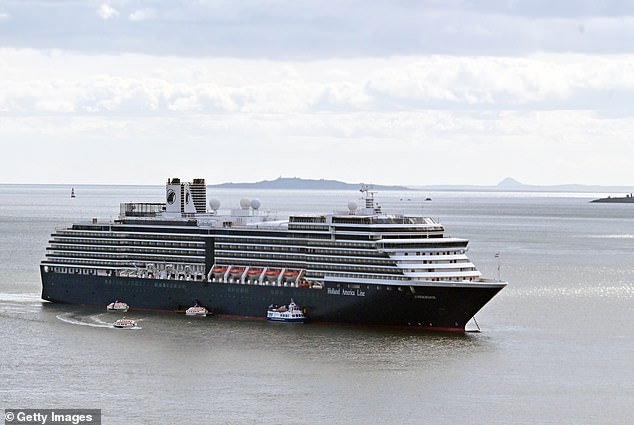
The Hidden Health Crises on Cruise Ships
Millions of people choose to take a cruise each year, hoping for relaxation and an escape from the daily grind. However, behind the luxurious decks and scenic views, some cruise ships are hiding serious health issues that have been brought to light by recent reports.
The Centers for Disease Control and Prevention (CDC) has identified at least 17 cruise ships that reported disease outbreaks between January and May 2025. These incidents have raised concerns about onboard sanitation and food safety protocols, especially as several major cruise lines, including Holland America, Princess Cruises, Viking, and Cunard, have seen multiple vessels affected by outbreaks.
Norovirus: The Most Common Culprit
Norovirus, often called the "cruise ship virus," was the primary cause of illness in most of these outbreaks. It was responsible for 13 out of the reported incidents, affecting 1,568 guests and crew members. This highly contagious virus causes symptoms such as vomiting, diarrhea, and stomach cramps, making it particularly challenging to manage in the close quarters of a cruise ship.
In addition to norovirus, other pathogens have also made headlines. For instance, the Silver Ray, operated by Silversea Cruises, experienced an outbreak caused by E. coli. Meanwhile, the Sea Cloud Spirit was suspected of having a ciguatera outbreak, which is linked to eating reef fish contaminated with toxins.
Unidentified Outbreaks and Ongoing Investigations
Four other cruise ships—Seven Seas Explorer, Zuiderdam, National Geographic Sea Lion, and Silver Ray—were investigated for gastrointestinal illness outbreaks. However, the specific causative agents in these cases remain unknown. The CDC defines a cruise ship outbreak as when at least three percent of passengers or crew report symptoms of gastrointestinal illness during a voyage. These outbreaks are monitored through the agency's Vessel Sanitation Program (VSP), which evaluates ships for water and food safety, hygiene practices, waste management, and pest control.
Despite the recent outbreaks, all affected vessels received satisfactory scores, 85 or higher, on a 100-point scale. This suggests that while health issues have occurred, the overall sanitation standards on these ships are still considered acceptable.
Notable Outbreaks and Their Impact
Holland America Line reported six outbreaks this year, five of which were linked to norovirus. One was classified as 'unknown.' Between January 4 and May 3, 658 of 10,748 guests and 73 of 4,172 crew members across multiple voyages were infected. The affected ships included two separate Eurodam excursions, Volendam, and two separate Rotterdam sailings.
The case deemed 'unknown' was reported on Holland America Lines’ Zuiderdam in April, which saw 56 of 1,149 guests and 14 of 751 crew members fall ill. The CDC notes that the predominant symptom was diarrhea.
Other ships, such as Viking Expedition Operations’ Viking Polaris, Seabourn Cruise Line’s Seabourn Encore, Cunard Line’s Queen Mary 2, and Princess Cruises’ Coral Princess, also experienced norovirus outbreaks this year. The Queen Mary 2, in particular, had a significant outbreak, affecting at least 224 passengers and 17 crew members.
Response and Preventive Measures
In response to the norovirus outbreak, the Queen Mary 2 crew increased cleaning and disinfection procedures according to the vessel's outbreak prevention and response plan. Similarly, Silversea Cruises’ Silver Ray implemented enhanced sanitation measures after an E. coli outbreak on January 10, which infected 51 of 681 guests and five of 532 crew members.
Several cruise ships have yet to determine what caused their guests and crew to become sick. The National Geographic Sea Lion, owned by Lindblad Expeditions, reported an outbreak on April 21 after nearly 12 percent of its 43 guests and five percent of its 37 crew members were hit with vomiting, fever, and diarrhea.
Regent Seven Seas' Seven Seas Explorer also suffered an 'unknown' outbreak in May, leaving 24 guests and crew members sick with diarrhea and vomiting. In response, Regent Seven Seas and the crew aboard the ship collected stool specimens from gastrointestinal illness cases for testing and isolated those who reported symptoms.
These incidents highlight the ongoing challenges cruise ships face in maintaining high standards of health and safety. While many measures are in place to prevent and respond to outbreaks, the unique environment of a cruise ship makes it difficult to fully eliminate the risk of disease transmission.
Post a Comment